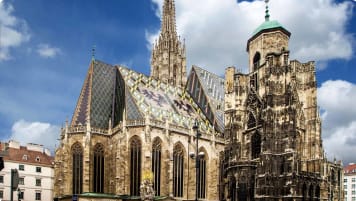Music and the Austrian Habsburgs: The Definitive Guide
Music and the Austrian Habsburgs Members of the Habsburg royal family circa 1764. Francis I, Holy Roman Emperor (r. 1745-1765), Maria Theresa, Holy Roman Empress (r. 1740-1780), and their eleven children. Their daughters Marie Antoinette…
6 Jan 19 · 7 mins read
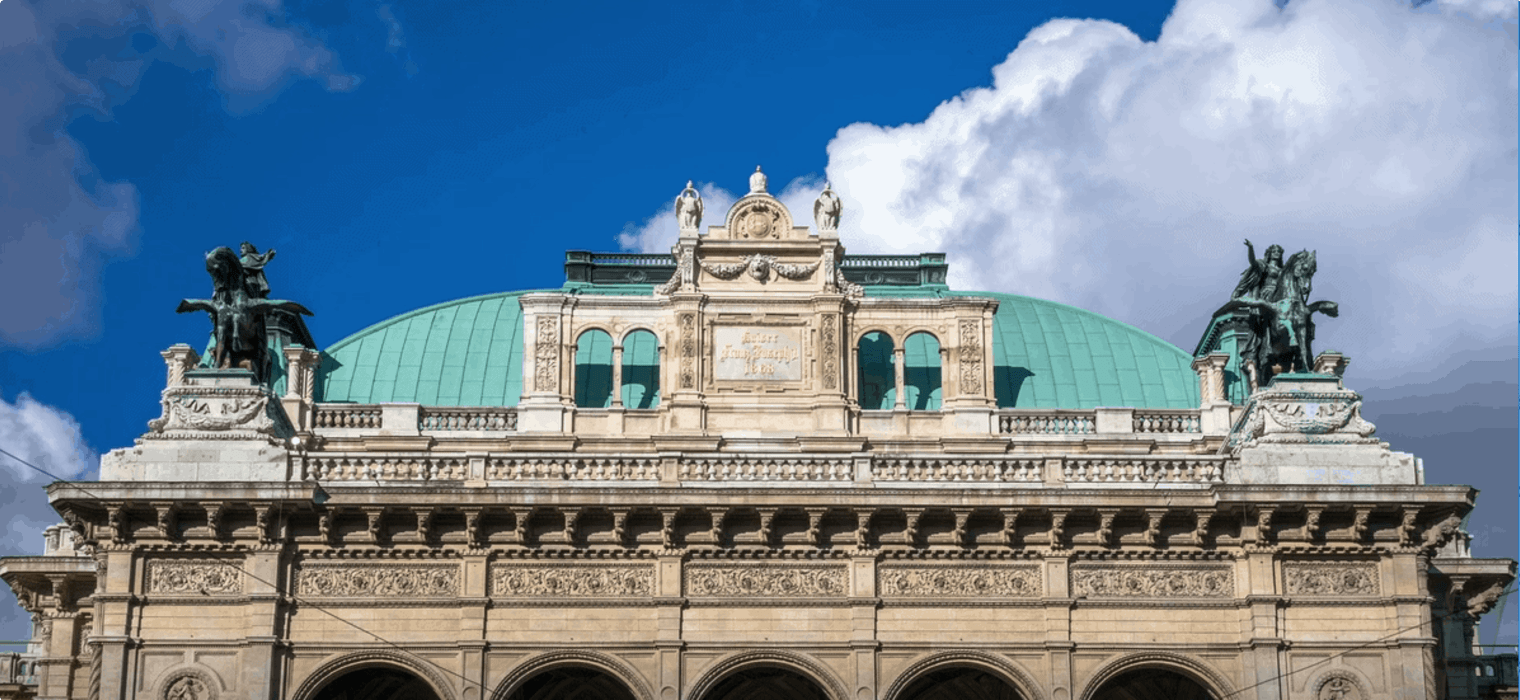
Music and the Austrian Habsburgs
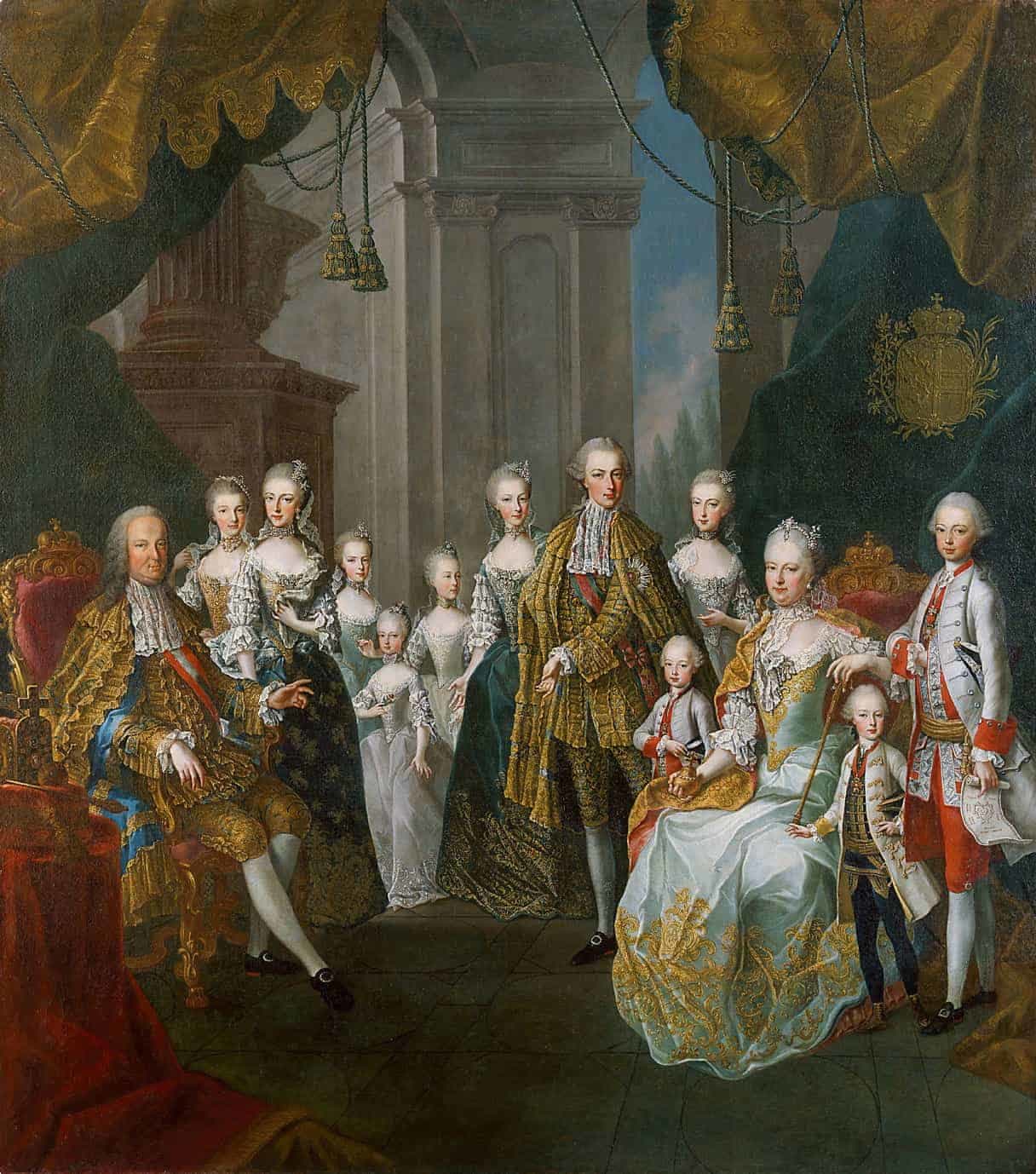
When the Austrian branch of the royal house of Habsburg split from the “senior” Spanish branch (which would end with Charles II in 1700), the dynasty ruled from the capital of Vienna, transforming it into a centre of European music by financing extravagant theatrical performances and becoming patrons of renowned artists. A number of the Habsburgs themselves created music as composers, and provided substantial funding even during periods when state finances could no longer support it.
We will look at the origins of the Habsburg court’s devotion to music and shine a spotlight on its two prominent artists: Mozart and Beethoven.
A Boys Choir in Vienna
Maximilian I was crowned Holy Roman Emperor in 1493. He was credited for expanding the territory and influence of his family, the Habsburgs, through war and marriage. The name of the family was derived from the name of their castle Habichtsburg (“Hawk’s Castle”), built in 1020 in what is now Switzerland.
In 1498, Maximilian I wrote in an Imperial Decree his instructions to add boys to the choir of the court chapel (Hofkapelle) of the Hofburg Palace in Vienna, the imperial capital. This established a tradition of a boys choir singing in the Sunday masses in the Hofkapelle, a tradition that continues today with the world-famous Vienna Boys Choir.
Venetian Music in the Habsburg Court
Ferdinand II, Maximilian’s descendant through the Austrian branch of the family, was educated by strict Jesuits in the University of Ingolstadt. He was a staunch champion of the Counter-Reformation, a revival effort of the Roman Catholic as a response to the Protestant Reformation. During his reign as Holy Roman Emperor, Ferdinand actively suppressed Protestantism and forced his subjects to convert to the Roman Catholic faith. This uncompromising religious policy would guide the Habsburgs for the next century.
Another “policy” that would guide Ferdinand’s Habsburg descendants was the devotion to Italian music. According to George J. Buelow in A History of Baroque Music (Indiana University Press, 2004), Ferdinand regularly toured Italy as Archduke of Inner Austria and sought out musicians in Venice. The Kapellmeisters (directors of music) in his Hofkapelle in Graz were Italians.
Hofkapelle and Court Festivities
In 1619, Archduke Ferdinand was crowned Ferdinand II of the Holy Roman Empire, and he moved his court to Vienna. His Hofkapelle would employ 120 musicians, majority of whom were Italians. The Kapellmeisters during his reign—Giovanni Priuli (who followed Ferdinand II from Graz) and Giovanni Valentini—were born and raised in Venice.
It comes as no surprise that Ferdinand II espoused Catholic sacred music, and Priuli and Valentini would influence the sacred musical styles of the 17th century, bringing the Venetian polychoral style to the German-speaking countries.
The multi-sensory, grandiose style of what would be known as the Baroque era was promoted by the Roman Catholic Church as it was seen as a vehicle for religious expression. In Baroque music, the polychoral (or polyphonic) style–suited for the vast, echoing halls of Catholic cathedrals–would be reserved for sacred music, while the solo voice would be more associated with secular usage.
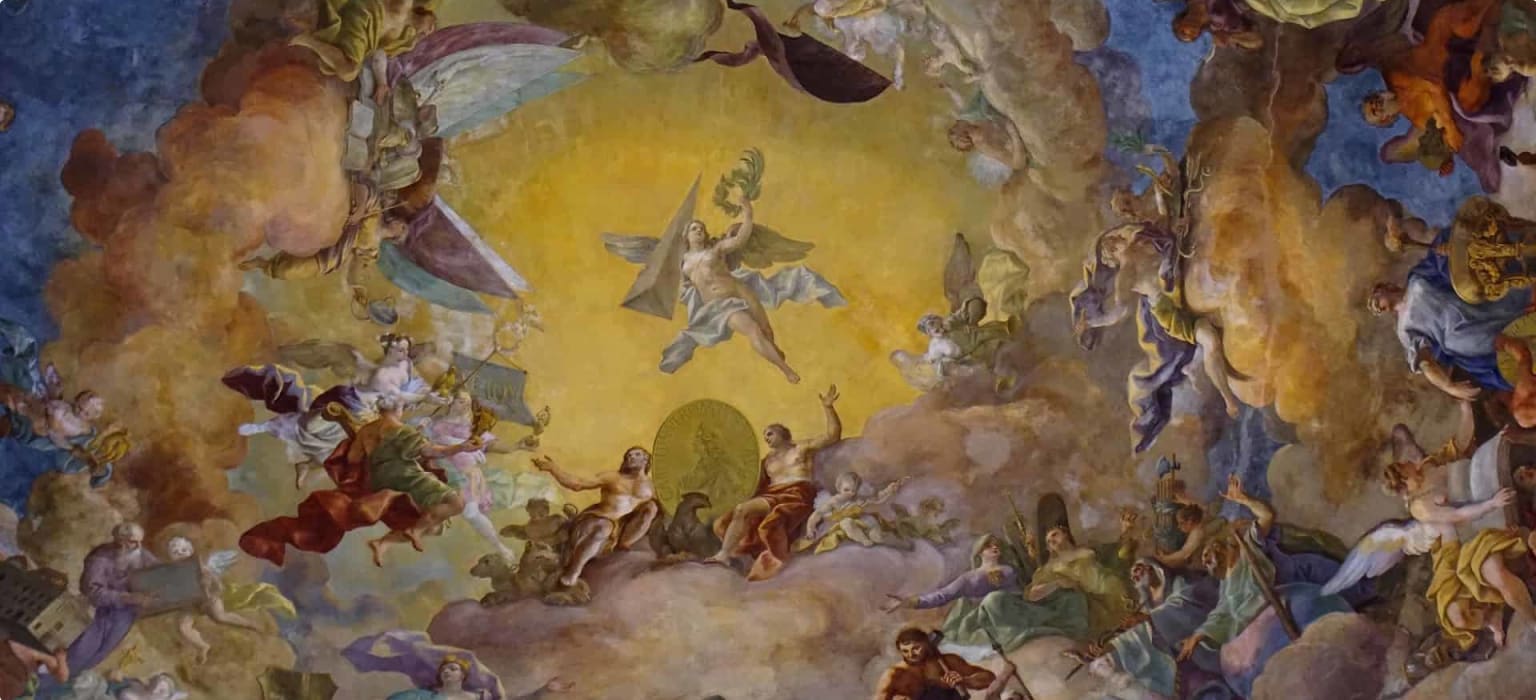
In 1622, Ferdinand married Empress Eleonora of the House of Gonzaga from the city of Mantua, strengthening Austria’s link to Italy. Her coronation was celebrated with the first large-scale ballet performance in Vienna.
She also introduced the Italian opera, at the time still a fledgling musical art form, to the court. In 1625, an opera was held to celebrate the birthday of Ferdinand II, performed on a stage erected in Hofburg. Since then, Court festivities celebrating baptisms, marriages, birthdays, and the like were marked by extravagant theatrical performances.
Kapellmeister Giovanni Valentini would tutor Ferdinand’s son Ferdinand III in music, and the Habsburg’s love for Italian music and performance would continue with Ferdinand III’s successors: Leopold I, Joseph I, and Charles VI.
Leopold composed his own music, including more than 150 arias and the Missa Angeli Custodis, a requiem performed at the funeral of his first wife. He spent 60,000 gulden annually on his Court musicians (to compare, a horse would cost around ten gulden) and commissioned a new theatre. He hired Italian theatre engineers to design and build elaborate props and sets for the performances.
Charles VI was also a composer and both his daughters, Maria Anna and Maria Theresa, sang and performed in Hofburg for the entertainment of the imperial couple and an exclusive audience.
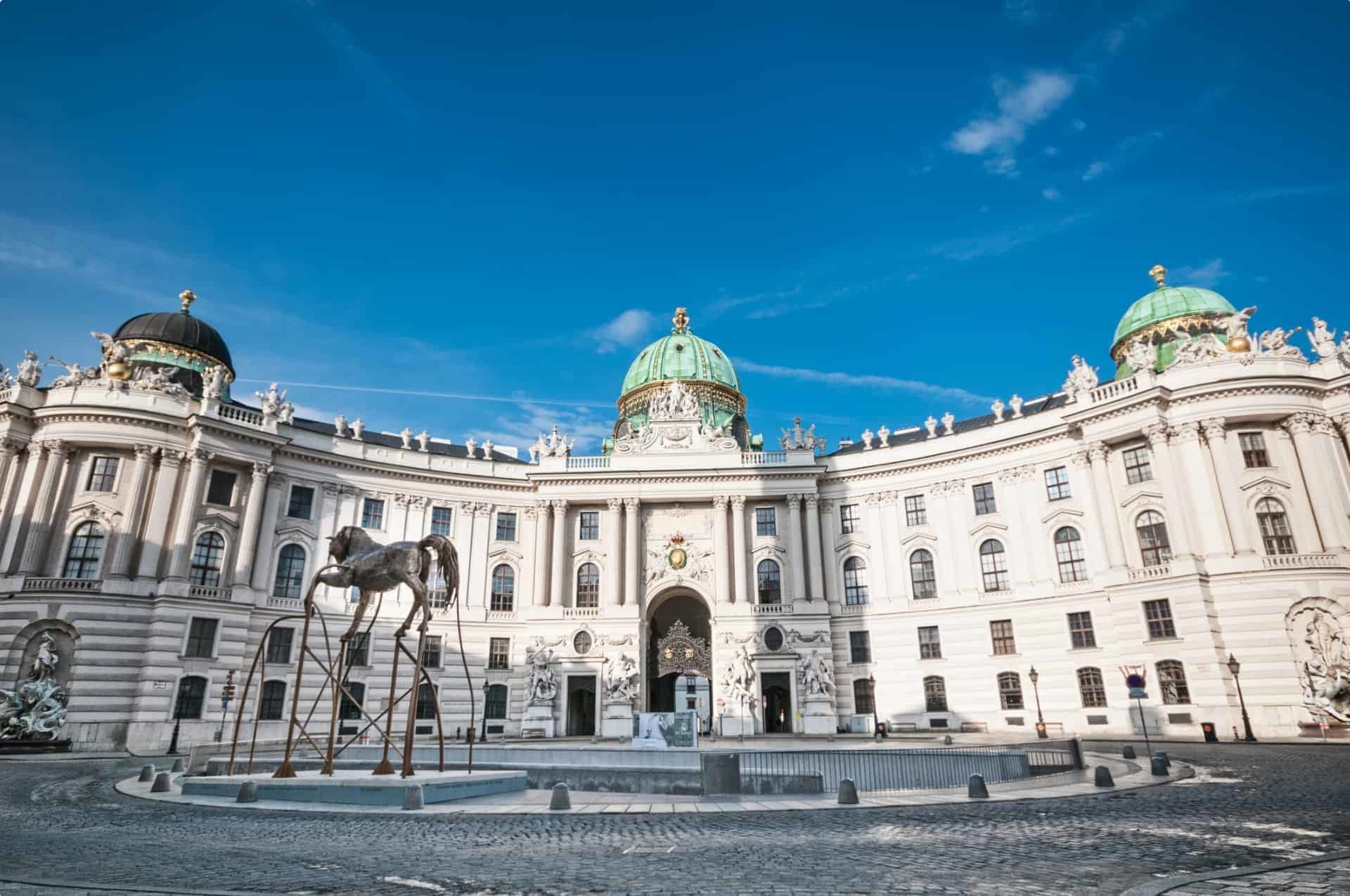
The Habsburg Court continued to show little interest in German-language music and theatre, preferring the Italian artists. Maria Theresa, who succeeded her father as the only female ruler of the Habsburg line (reigning from 1740 to 1780, later co-reigning with her husband and her eldest son), even proclaimed that she preferred “the least of the Italians to any Austrian composer”.
Mozart
It was in Maria Theresa’s Court in Schönbrunn Palace, the monarch’s summer residence, where six-year-old Wolfgang Amadeus Mozart performed on the piano while his ten-year-old sister Maria Anna played the violin. For their performance, the siblings received 100 gold ducats (equivalent to 450 gulden) and formal court clothes from Maria Theresa.

Around the 1760s, members of the wealthy middle-class were beginning to rise to prominence as music patrons, but Mozart still longed to be appointed Kapellmeister. The position proved elusive. After the death of Maria Theresa’s husband, the widowed empress showed little interest in festivities, and cautioned her son Ferdinand from hiring Mozart, telling him, “[Y]ou have no need for a composer or for useless people.”
Maria Theresa appointed her eldest son, Joseph II, as co-regent in 1764, and he ascended the throne as the first reigning monarch of the House of Habsburg-Lorraine in 1780. In 1787, the new emperor appointed Mozart Kammercompositeur (“chamber composer”), some say in an an effort to keep the musical genius in Vienna. However, despite the imperial appointment, Mozart was still not Kapellmeister; that honour went to Antonio Salieri, who would go on to teach Ludwig van Beethoven.
Mozart as chamber composer was only responsible for carnival dance music, but the 800-gulden yearly salary helped him during hard times. He would receive an imperial commission to produce the opera Così fan tutte (“All Women Are the Same”) two years into his appointment, his third and last collaboration with librettist Lorenzo Da Ponte, following The Marriage of Figaro and Don Giovanni.
Joseph II would not have the chance to watch the opera he commissioned. Così fan tutte premiered on the year he died, in 1790. Mozart, now without an influential patron, travelled around Germany to improve his fortunes, composing the beloved opera The Magic Flute. Mozart would fall ill and die at the age of 35 in 1791.
Beethoven
Ludwig van Beethoven was a predominant figure in the transitional period between the 18th century Classical and 19th century Romantic eras of Western music, adding unique innovations to his compositions that put more emphasis on expressions of mood and feeling. His best-known compositions were Symphony No. 5, with its famous ominous opening notes, and Symphony No. 9, famous for its stirring choral finale featuring the words of Friedrich Schiller’s poem, “Ode to Joy”.
Beethoven was born into a musical family in the city of Bonn, Germany, and his first music teacher was his father. Johann van Beethoven wanted to turn his son into a musical prodigy like Mozart, but Beethoven would only attract attention for his musical genius in his adolescence. Unlike Mozart as well, he would be more fortunate in finding sustained financial support from the nobility.
In the Habsburg court, Joseph II was succeeded by his brother, Leopold II. Leopold’s youngest son, Archduke Rudolph, began studying piano and composition with Beethoven in 1804. In 1808, Beethoven received an offer from Jerome Bonaparte, King of Westphalia and Napoleon’s brother, to be Kapellmeister in his court. Beethoven initially accepted the offer, but upon hearing this, Archduke Rudolph persuaded two other nobles, Prince Kinzky and Prince Lobkowitz, to pool their resources with his and pay Beethoven an annual pension of 4,000 florins a year (about 2,240 USD or 3,189 AUD) as long as he stayed in Vienna. This was a sizeable amount considering that Mozart averaged 2,500 florins annually from working (and Beethoven was being paid simply to stay in the city).
Beethoven agreed. But a few years later, Kinsky was thrown from his horse and died, and Lobkowitz went bankrupt and stopped paying. It was Archduke Rudolph who was the only one left to honour the agreement. Beethoven dedicated 14 compositions to him, including the “Piano Trio in B-flat major,” Opus 97 (“Archduke Trio”) and the “Missa Solemnis,” Opus 123.
The Russian diplomat Andrey Razumovsky who had spent several years in Vienna also served as Beethoven’s patron, commissioning Opus 59, Numbers 1 to 3, known as the “Razumovsky Quartets”.
Fall of the Empire
Hungary fell under Austrian rule, culminating in the Dual Monarchy of Austro-Hungary in 1867. Under the Dual Monarchy, Austria and Hungary were considered co-equal states, ruled by Emperor Franz Joseph I of the House of Habsburg with Austria’s Minister-President Friedrich von Beust and Hungary’s Prime Minister Gyula Andrássy.
On June 28, 1914, Gavrilo Princip, a member of an organisation (Young Bosnia) seeking an end to Austro-Hungarian rule in Bosnia and Herzegovina, assassinated Archduke Franz Ferdinand of Austria and his wife, Duchess Sophie. The archduke was heir presumptive to the Austro-Hungarian throne, and his death started a series of events that led to the First World War.
The war ended with the defeat of the Central Powers, to which Austro-Hungary was allied, and the reign of Habsburgs ended with the abdication of Franz Ferdinand’s nephew, Charles I. (Read more about Hungary here.)
The Hofkapelle was disbanded as well, but the boys choir established by Maximilian I’s decree lived on with the founding of the Vienna Boys Choir in 1924.
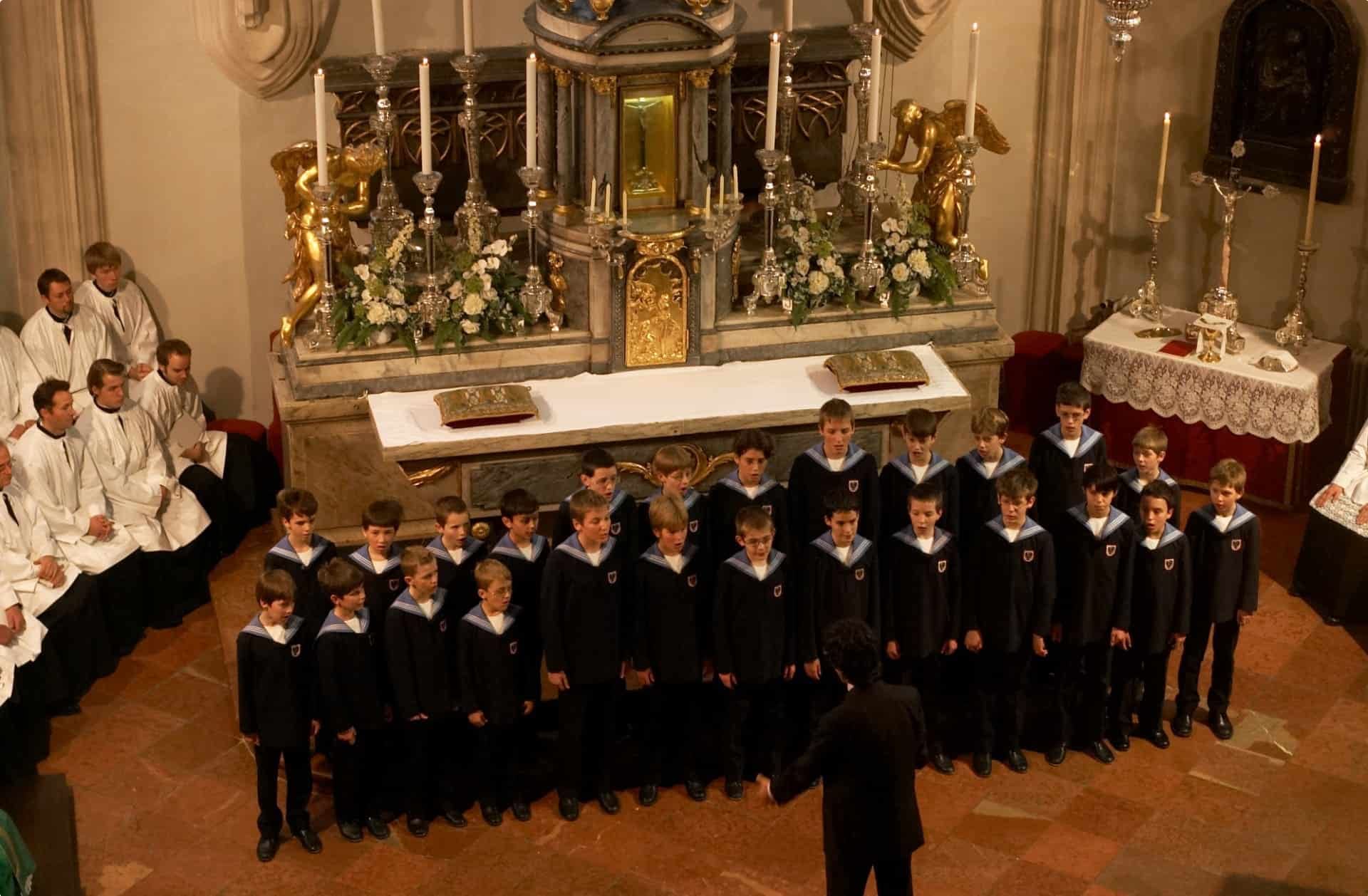
If you want to learn more about the Habsburgs and the music of Vienna, do sign up for Odyssey Traveller’s Habsburg Art and Music Tour, a 22-day small group tour especially designed for active seniors. Highlights include a visit to Schonbrunn Palace and the Hungarian State Opera.
About Odyssey Traveller

Odyssey Traveller is committed to charitable activities that support the environment and cultural development of Australian and New Zealand communities. We specialise in educational small group tours for seniors, typically groups between six to 15 people from Australia, New Zealand, USA, Canada and Britain. Odyssey Traveller has been offering this style of adventure and educational programs since 1983.
We are also pleased to announce that since 2012, Odyssey Traveller has been awarding $10,000 Equity & Merit Cash Scholarships each year. We award scholarships on the basis of academic performance and demonstrated financial need. We award at least one scholarship per year. We’re supported through our educational travel programs, and your participation helps Odyssey Traveller achieve its goals.
For more information on Odyssey Traveller and our educational small group tours, do visit and explore our website. Alternatively, please call or send an email. We’d love to hear from you!
Related Tours
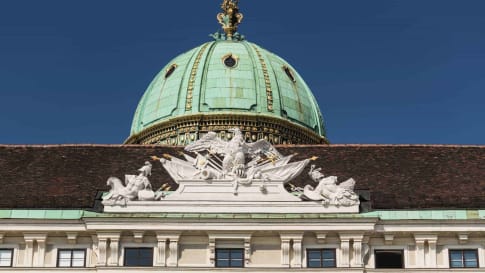
22 days
AugHabsburg Art and Classical Music small group Tour
Visiting Austria, Czech Republic
From the mediaeval jewel of Cesky Krumlow to the grandeur of the Habsburg’s summer palace in Vienna, our small group will embark on a 21 night journey to learn about these vibrant and artistically rich cities. We delve into the history of the famous artists, musicians, writers, architects and composers from Austria, Hungary, Poland and the Czech Republic.
From A$15,245 AUD
View Tour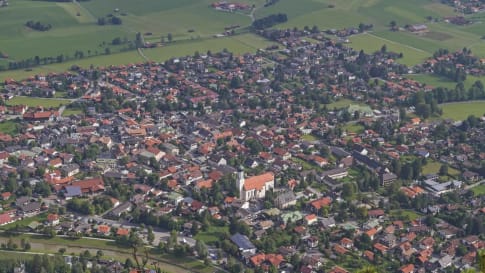
days
MayOberammergau Passion Play 2022 & the Habsburg cities
Visiting Austria, Czech Republic
Enjoy the authentic experience of the Oberammergau passion play on this escorted tour with one of the best small group tour companies in Europe. Our destinations and itineraries provide small group journeys for like minded people. For solo travelers a minimal single supplement applies.
